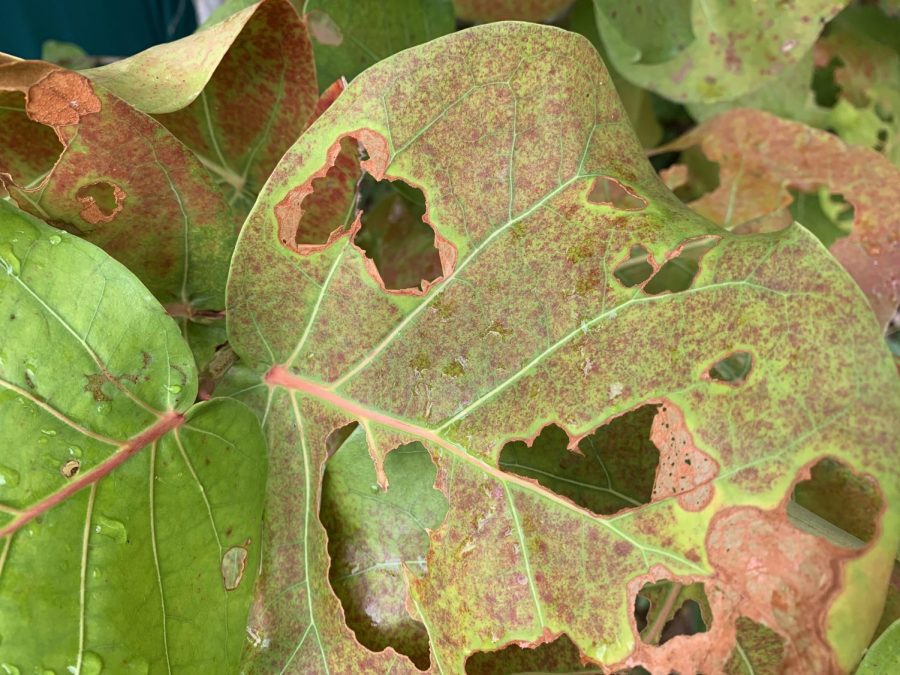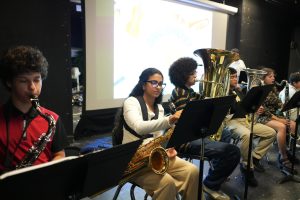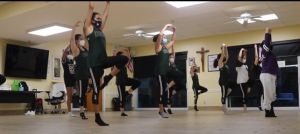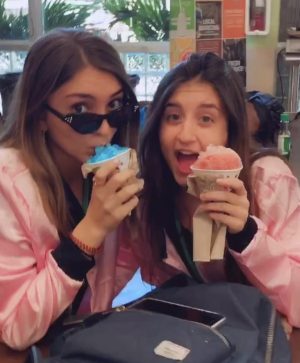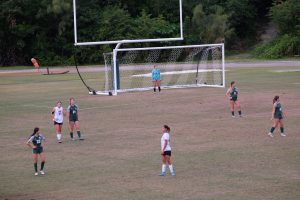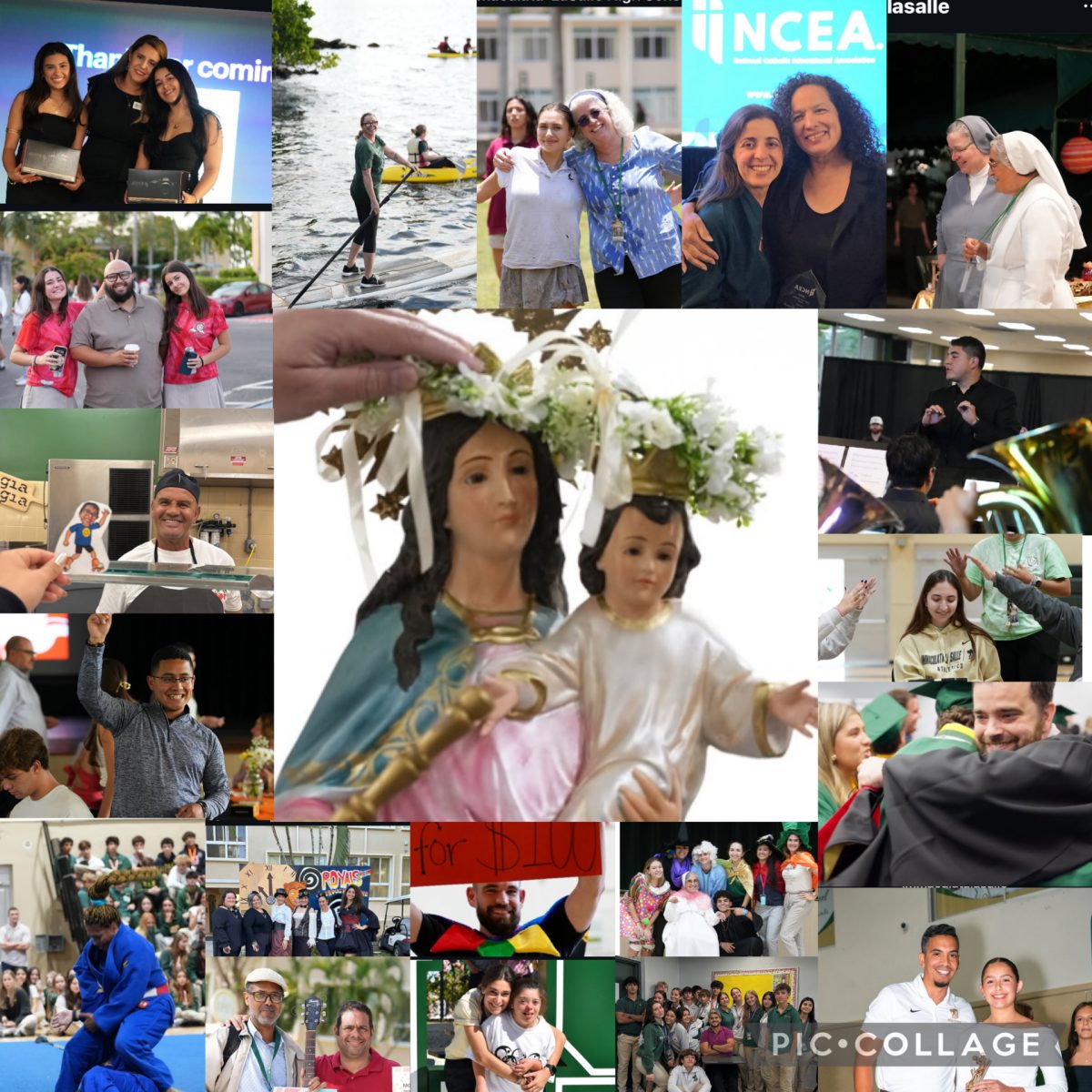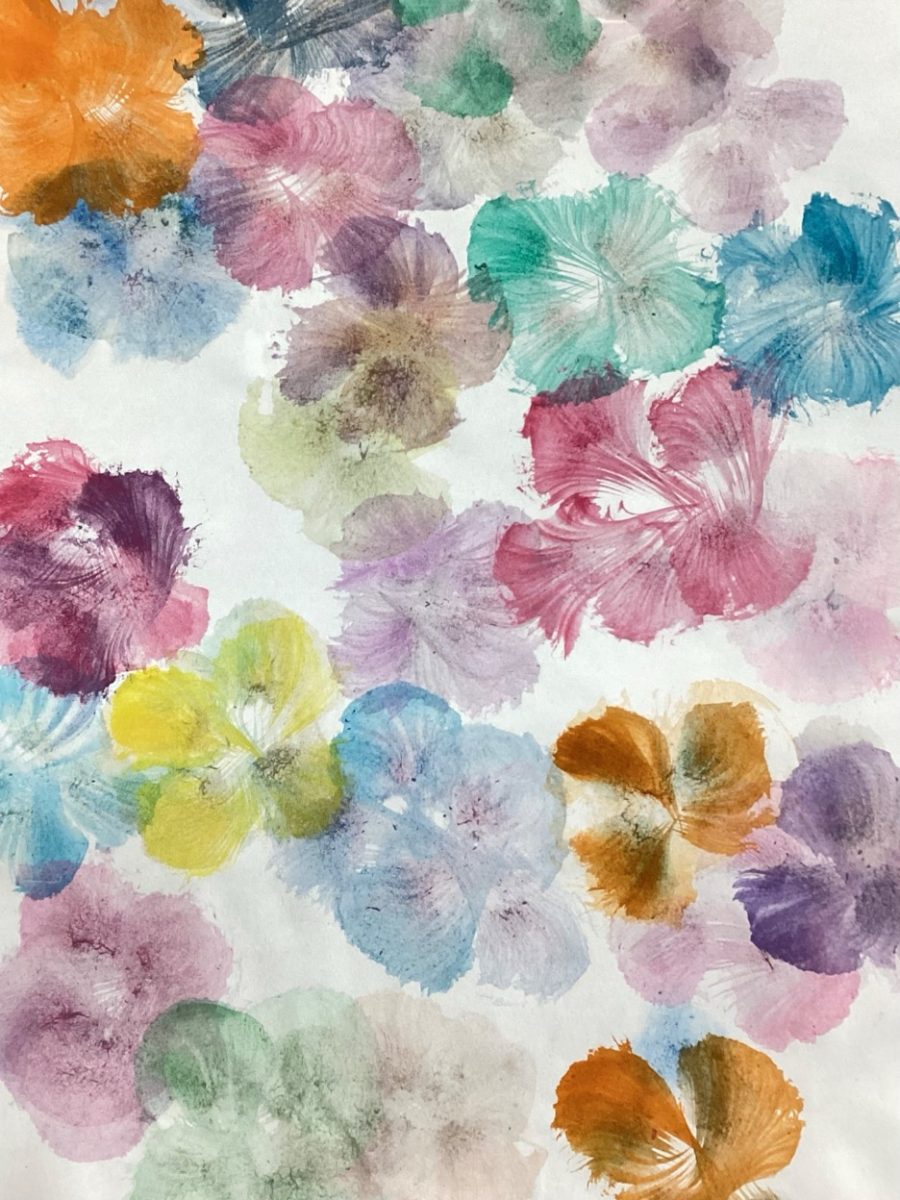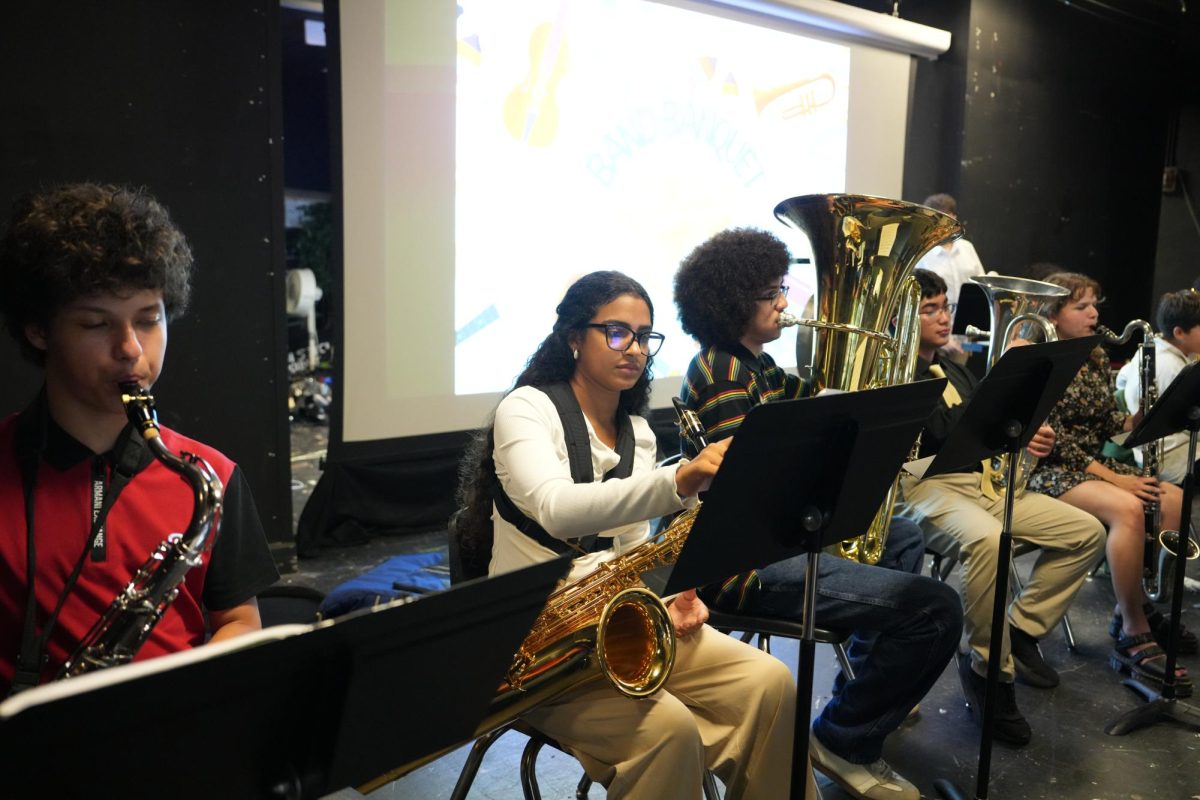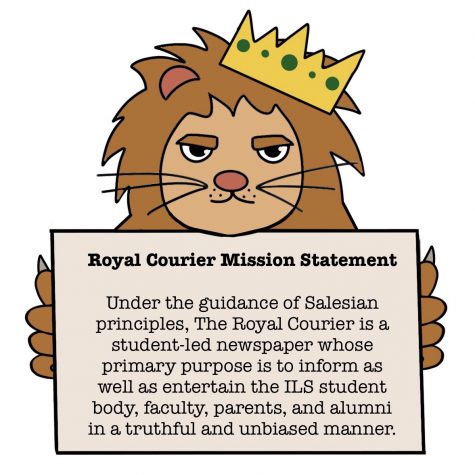What Can ILS Do to Protect the Environment?
A mangrove leaf riddled with holes. Are the holes there because iguanas have gnawed on it?
September 20, 2021

Many students say that what made them fall in love with the ILS campus is that it is surrounding my nature. From the iguanas that roam freely, to the crashing tides of the Bay, ILS is home to what students call breathtaking natural scenery. However, with the steady decline of ecological resources and the ever-growing list of environmental issues, one question remains: What can students do to help preserve natural life and the planet?
“I knew from a pretty young age that [environmental issues] were very important to me,” said Mrs. Cecilia Calleros, an ILS science teacher.
Mrs. Calleros, who moderates both photography club and the environment club, encourages students to give back to their community. She stresses the importance of being kind to the planet by devoting a fraction of time into taking care of it.
“There’s a lot of different actions students could take. The biggest one would be making your voice heard. There’s a lot of things we can do for our own community in Miami,” she added. “Being a part of service projects is also a very good idea: There are cleanups, there are habitat restorations, there are all kinds of events that happen around Miami. It’s very easy to look that up, and find out where you can volunteer in Miami for environmental projects.”
One of the volunteer programs that Calleros recommended was Frost Museum’s MUVE (Museum Volunteers for the Environment) (https://www.frostscience.org/museum-volunteers-for-the-environment/). MUVE has been renowned over the years for its youth programs with a focus on developing technical skills to serve the environment.
On campus, the Environmental Club is the way to go. The club is in charge of their own service projects, such as kayak cleanups among many others. The Environmental Club has already had its first meeting, where members encouraged one another to make a change by attending the International Coastal Cleanup, sponsored by the Nature Conservancy (https://oceanconservancy.org/trash-free-seas/international-coastal-cleanup/).

“Try to reduce, reuse, recycle! It’s really basic, but really effective. Learning more on how to recycle is very helpful– People tend to be very confused on how to do it and what exactly they can recycle, and unfortunately plastics don’t get recycled these days,” said Mrs. Calleros.
Since no one is powerless and everybody can contribute in the process of making the world a better place, there are countless ways students could take to help Earth, even right here on the lush ILS campus. If you have no clue where to start, keep a keen eye out for emails concerning community service, or consider joining the Environmental Club via Showbie code 24MTG.


